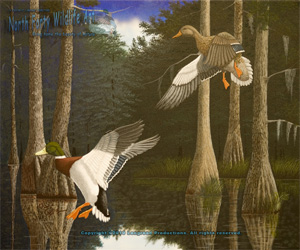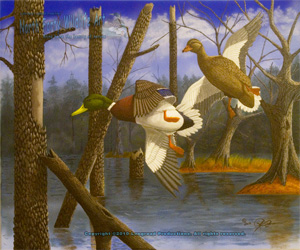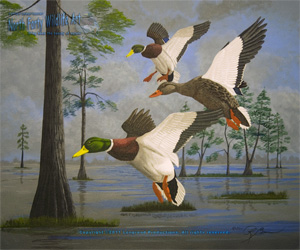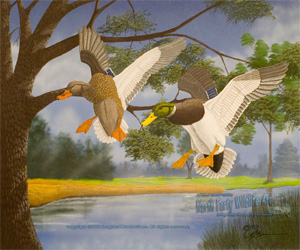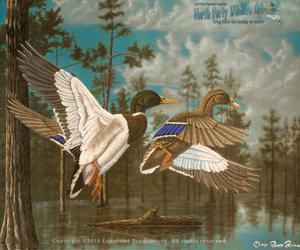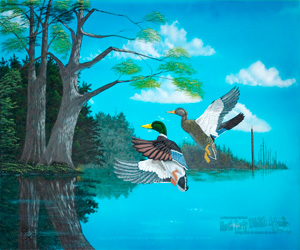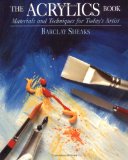 In order to fully develop your skills as an artist, your education must come from a variety of sources. Websites like this one are great resources, but the way I learn anything best is by reading from books. It’s something I can hold in my hands, flip back and re-read sections, and skip ahead to other sections in the book.
In order to fully develop your skills as an artist, your education must come from a variety of sources. Websites like this one are great resources, but the way I learn anything best is by reading from books. It’s something I can hold in my hands, flip back and re-read sections, and skip ahead to other sections in the book.
The Acrylics Book: Materials and Techniques for Today’s Artist is one of the best acrylics techniques books I’ve found anywhere. Unrivaled in scope, this encyclopedic reference on the most versatile of all painting mediums is an excellent tool to help both beginning and seasoned artists produce their best work in acrylics.
With its great flexibility, acrylic paint can mimic the appearance of oils, tempera, and watercolors in unique ways, each method pictured in a separate Continue reading

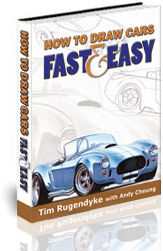 As a wildlife artist, it is very important to be able to draw images correctly. If I’m trying to draw ducks and they don’t look like they are supposed to, the duck enthusiasts out there will be very critical of my work and will not appreciate what I’m trying to portray.
As a wildlife artist, it is very important to be able to draw images correctly. If I’m trying to draw ducks and they don’t look like they are supposed to, the duck enthusiasts out there will be very critical of my work and will not appreciate what I’m trying to portray.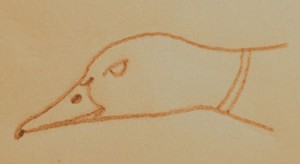
 I’m going to stray a little from my normal mode of posting today and talk a little about my hosting service. I started this blog back in September in an attempt to help promote my main website
I’m going to stray a little from my normal mode of posting today and talk a little about my hosting service. I started this blog back in September in an attempt to help promote my main website 


